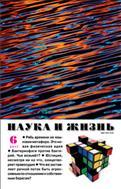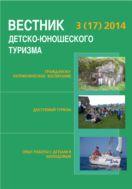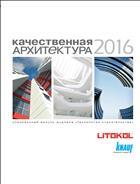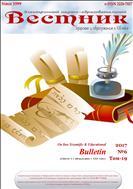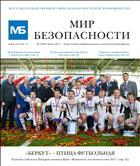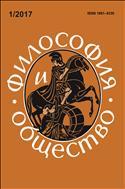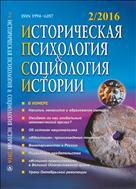Spatial distribution of natural and anthropogenic radionuclides in the soils of Naryan-MarSpatial distribution of natural and anthropogenic radionuclides in the soils of Naryan-Mar 
The objective of the research is to identify the main patterns of spatial distribution of natural and anthropogenic radionuclides (RN) in Naryan-Mar. Urban soils are formed by means of natural soil transformation with the participation of technogenic sedimentogenesis, which leads to disturbance of natural RN migration processes and contributes to the complex structure of natural and anthropogenic RNs contamination of tundra soils. The specific activity of anthropogenic (134Cs, 137Cs) and natural (226Ra, 232Th, 40K) RNs in Naryan-Mar soil was determined. The local low-intensity anomalies (LLIA) of anthropogenic RNs result from transboundary transfer; 134Cs and 137Cs are concentrated in soils with a well-shaped vegetable layer. 226Ra and 232Th LLIAs are confined to regions with stone buildings. 40K LLIAs are conditioned by high density of grassland vegetation involving 40K in the biological cycle. The statistical manipulation of the acquired data involved correlation and factor analysis techniques. The statistical analysis demonstrated a moderate and salient correlation between the content of 232Th and 40K in the soils of the areas built up with wooden houses and the soils of the recreation area, respectively. There is a salient correlation between the content of 134Cs and 40K as well as between 134Cs and 232Th in the soils of the recreation area. The area occupied by technological buildings demonstrates salient and high negative correlations between the content of 226Ra and radionuclides of 40K and 234Th. The multidirectional nature of the 226Ra and 232Th accumulation processes can be explained by their different mobility in the environment. A factor analysis of the specific activities of the radionuclides in the soils (based on the varimax method) revealed that the strongest factor (28%) conjointly regulates the 134Cs and 40K content, which testifies to their affiliation to non-mobile cationogenic elements. The second factor (25%) identified through an analysis of the overall data array may signify that organic matter plays a major role in the 137Cs retention. |










